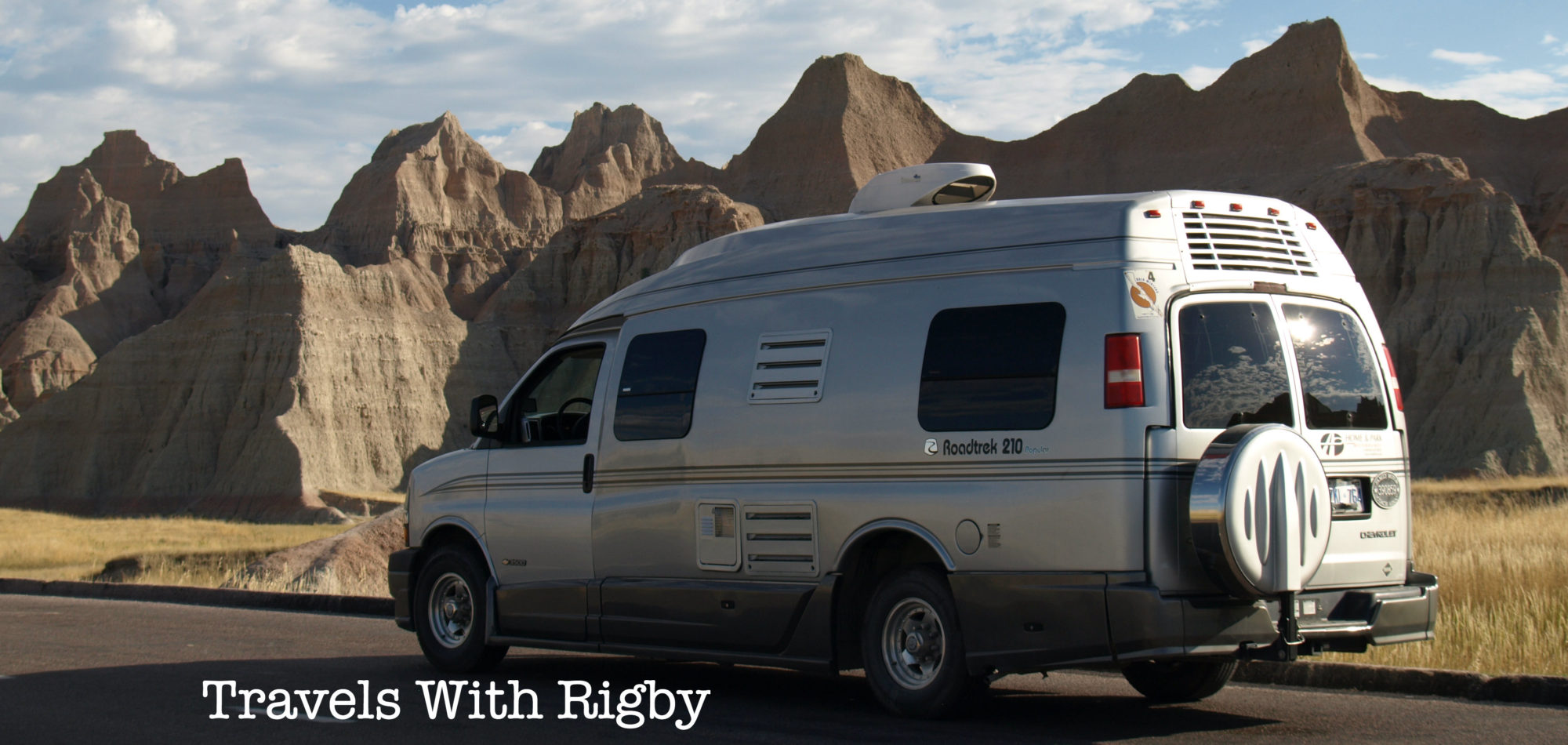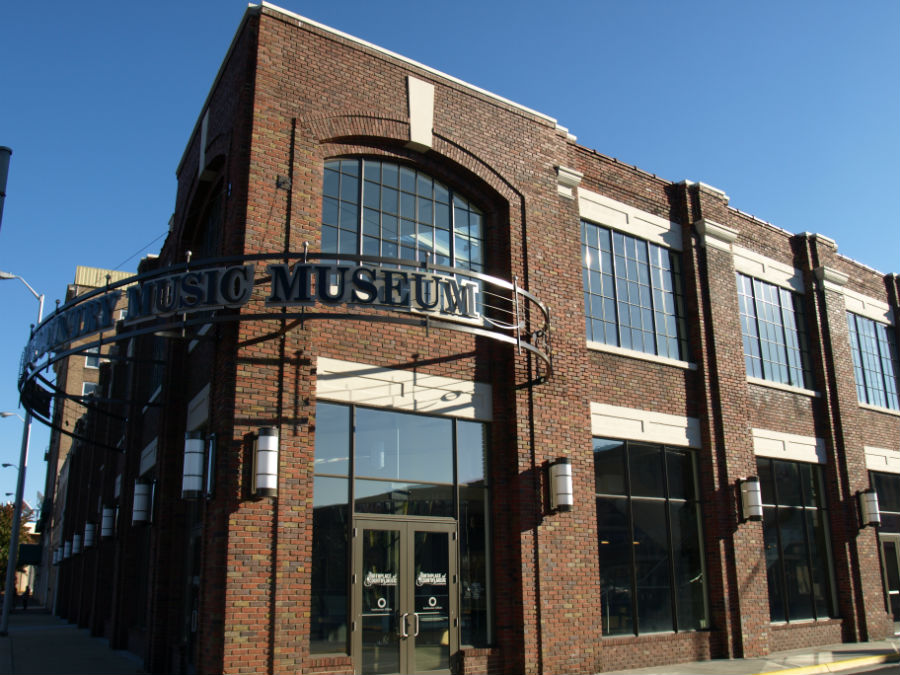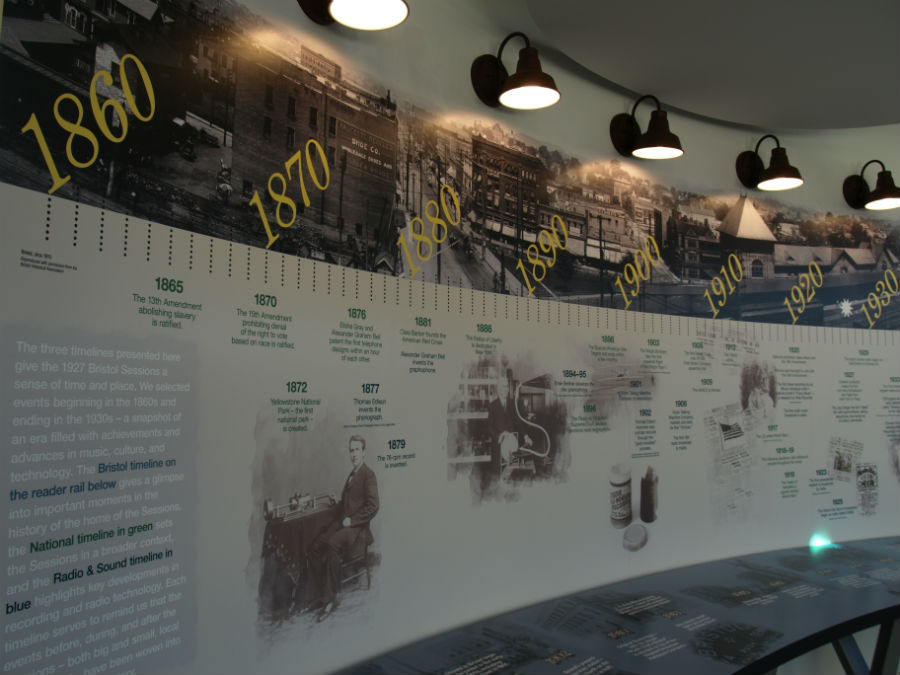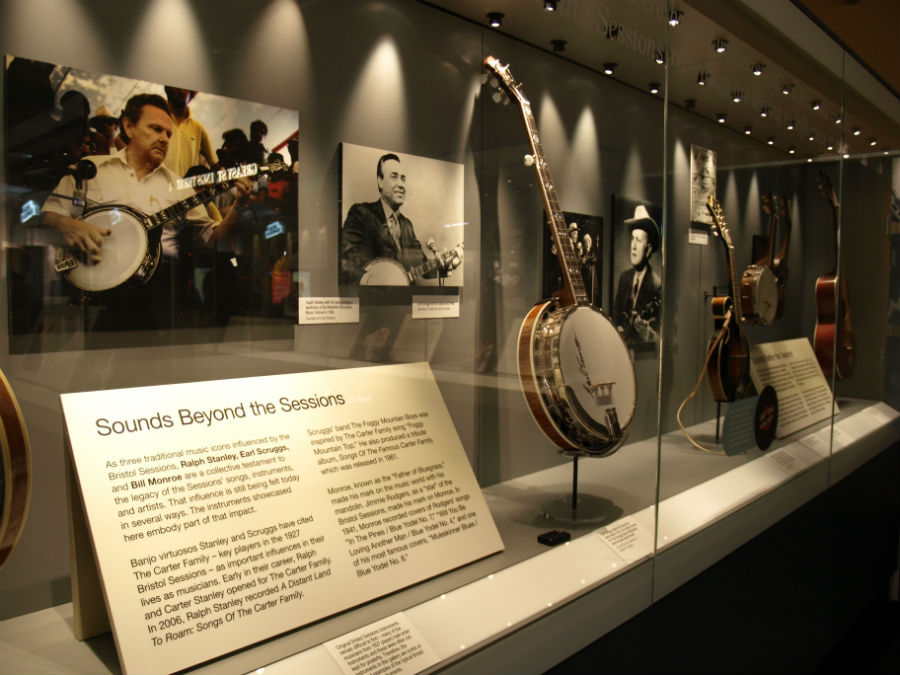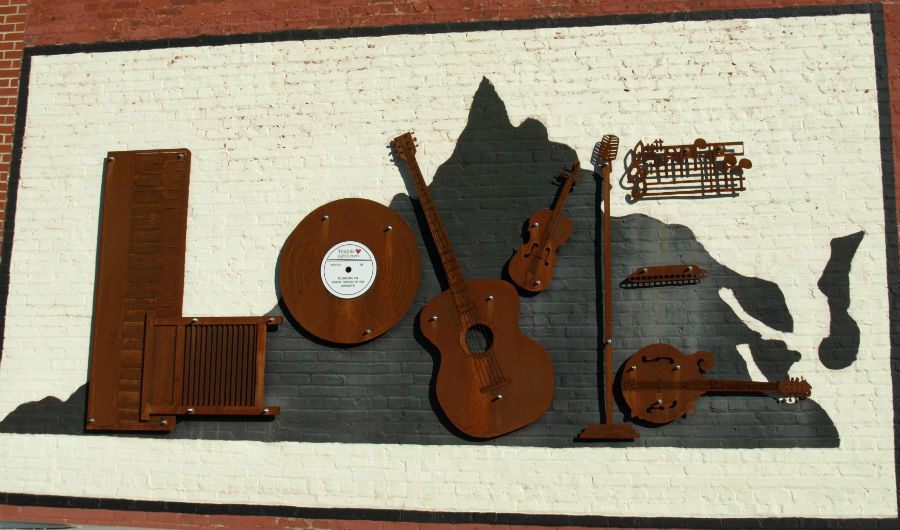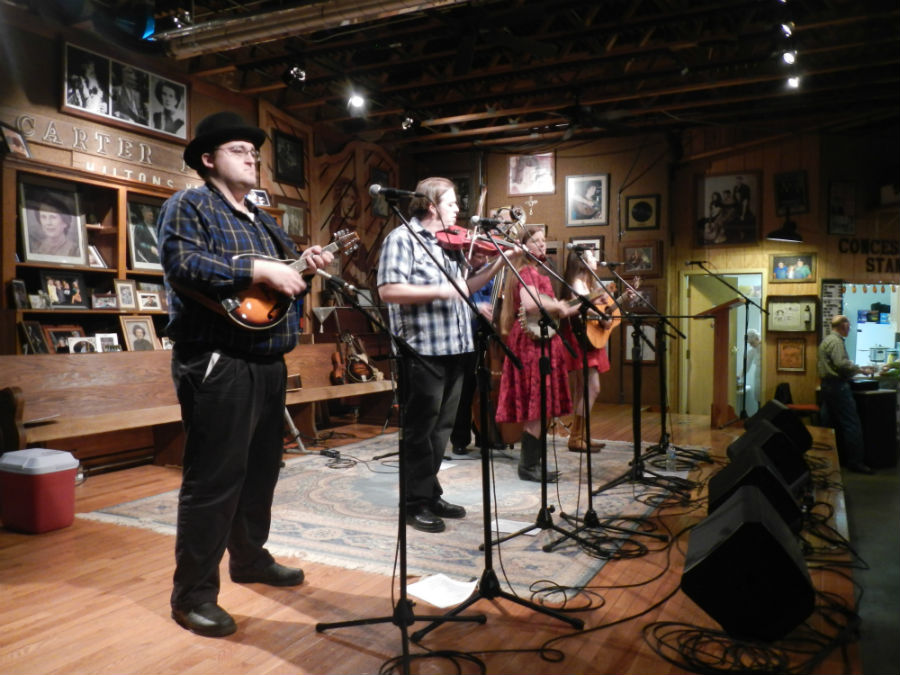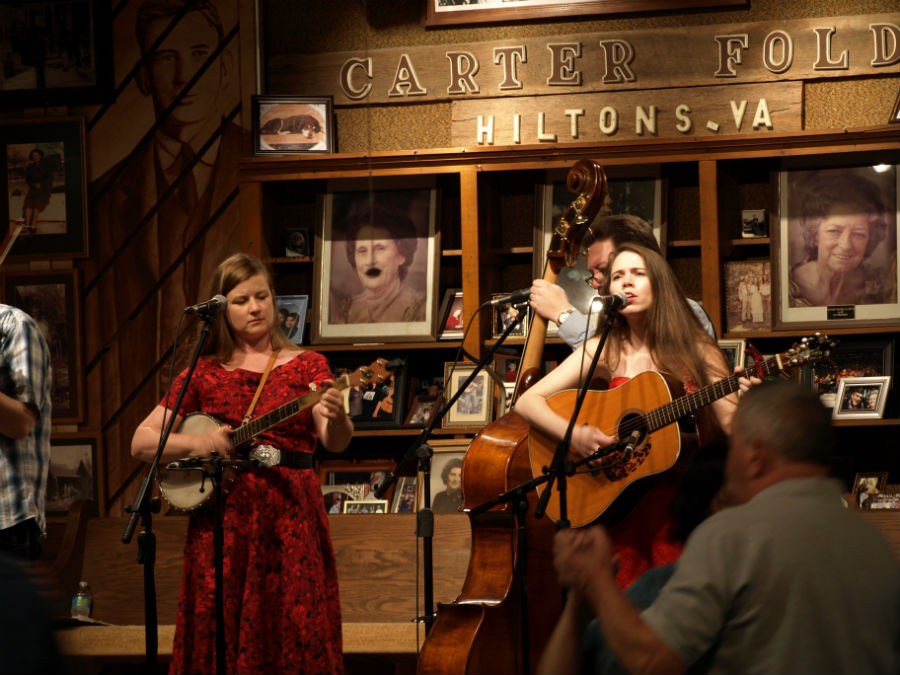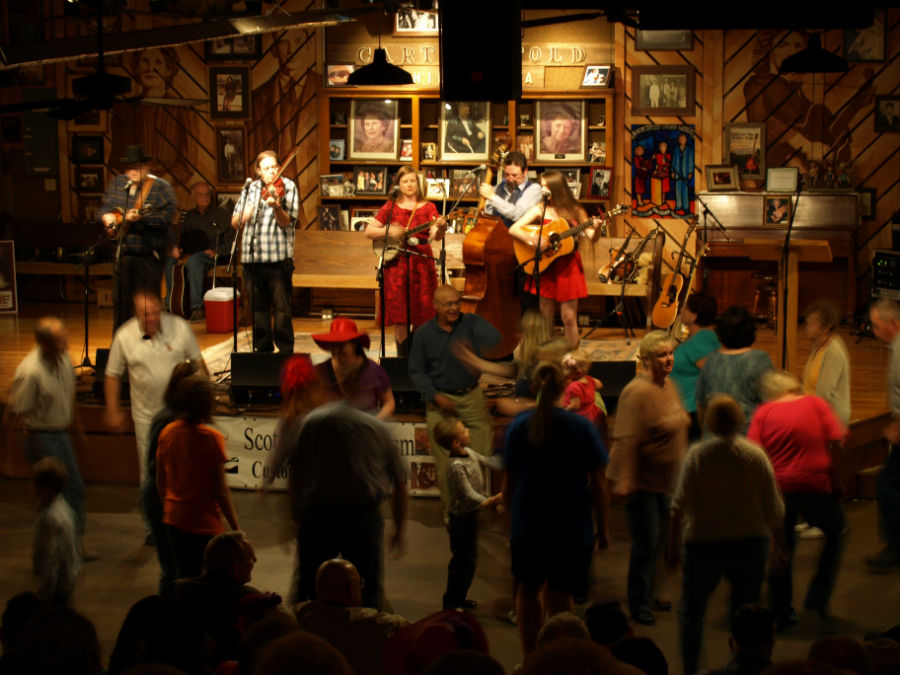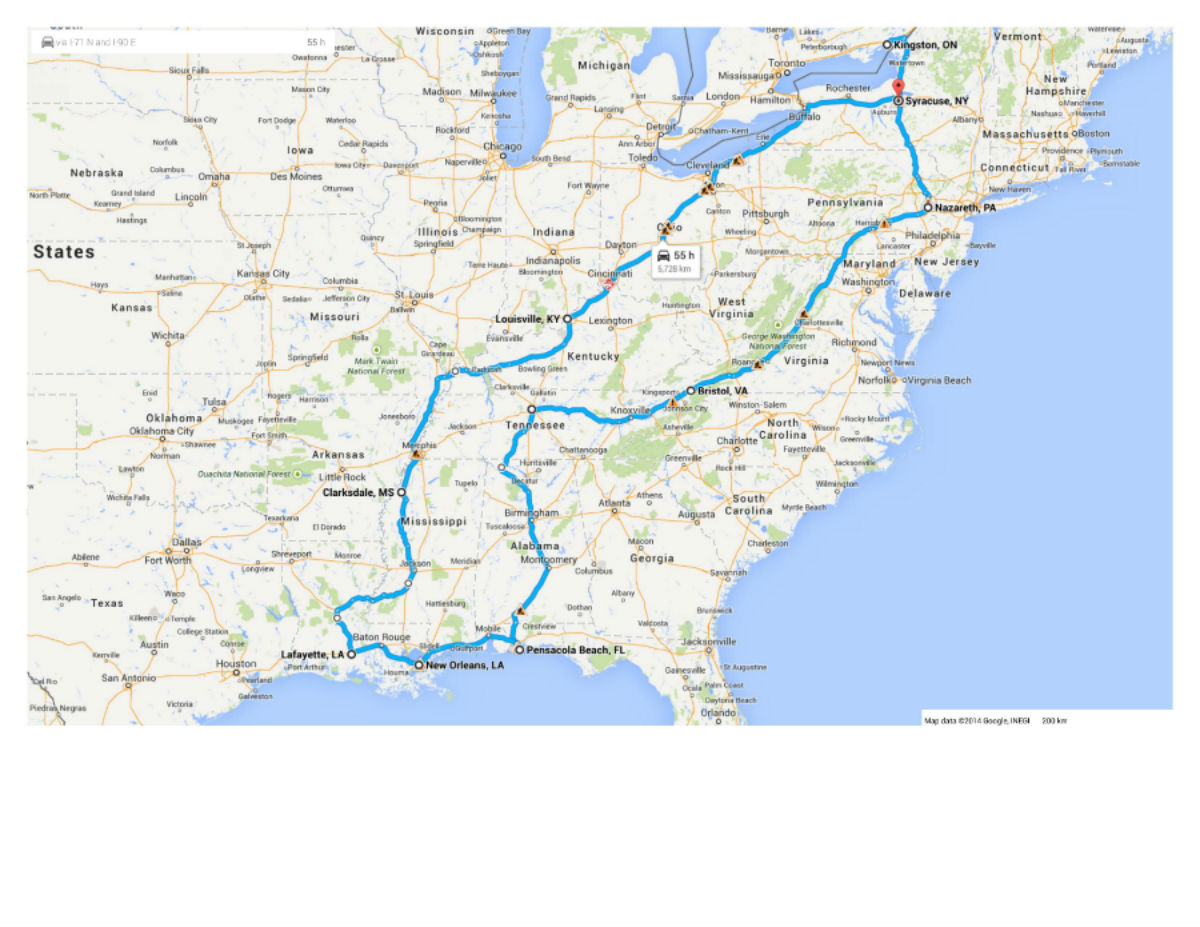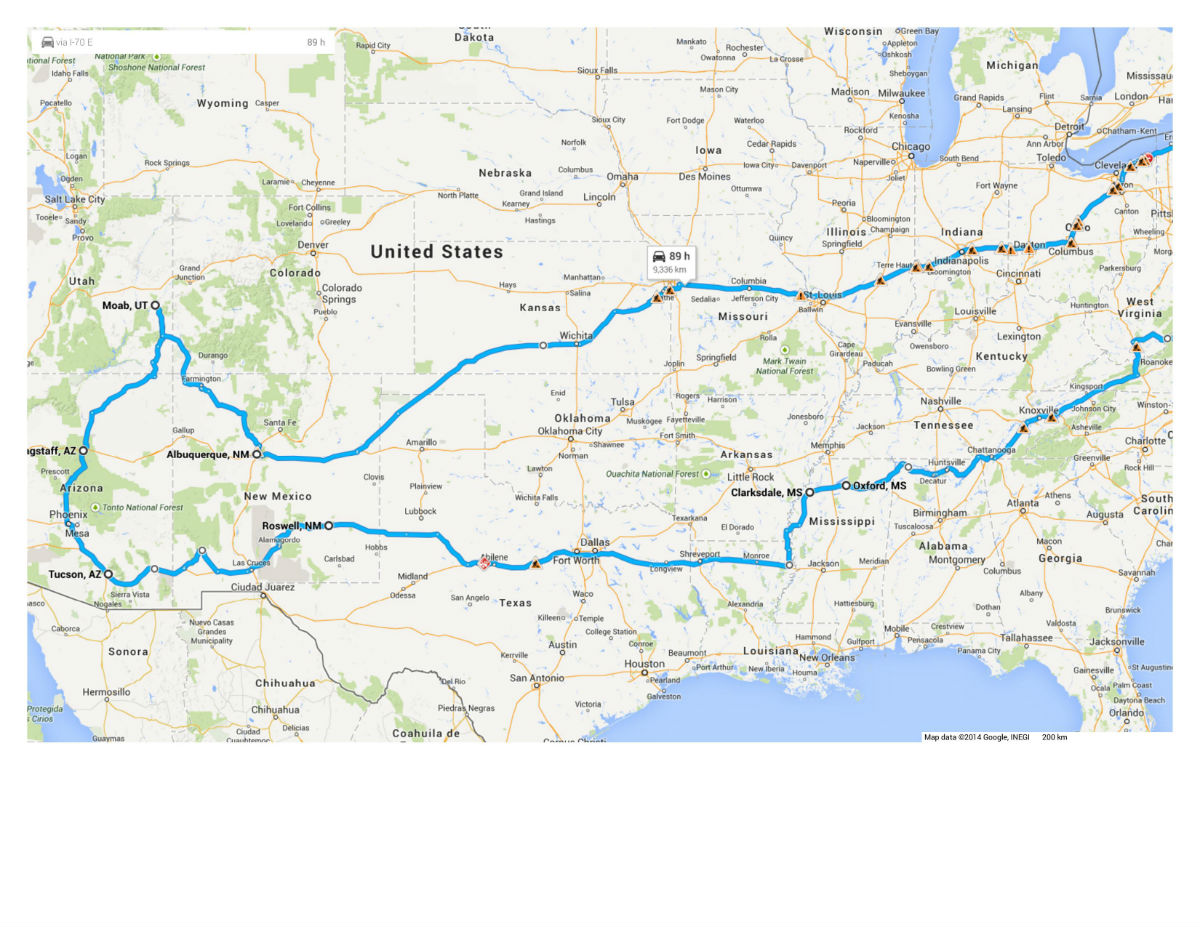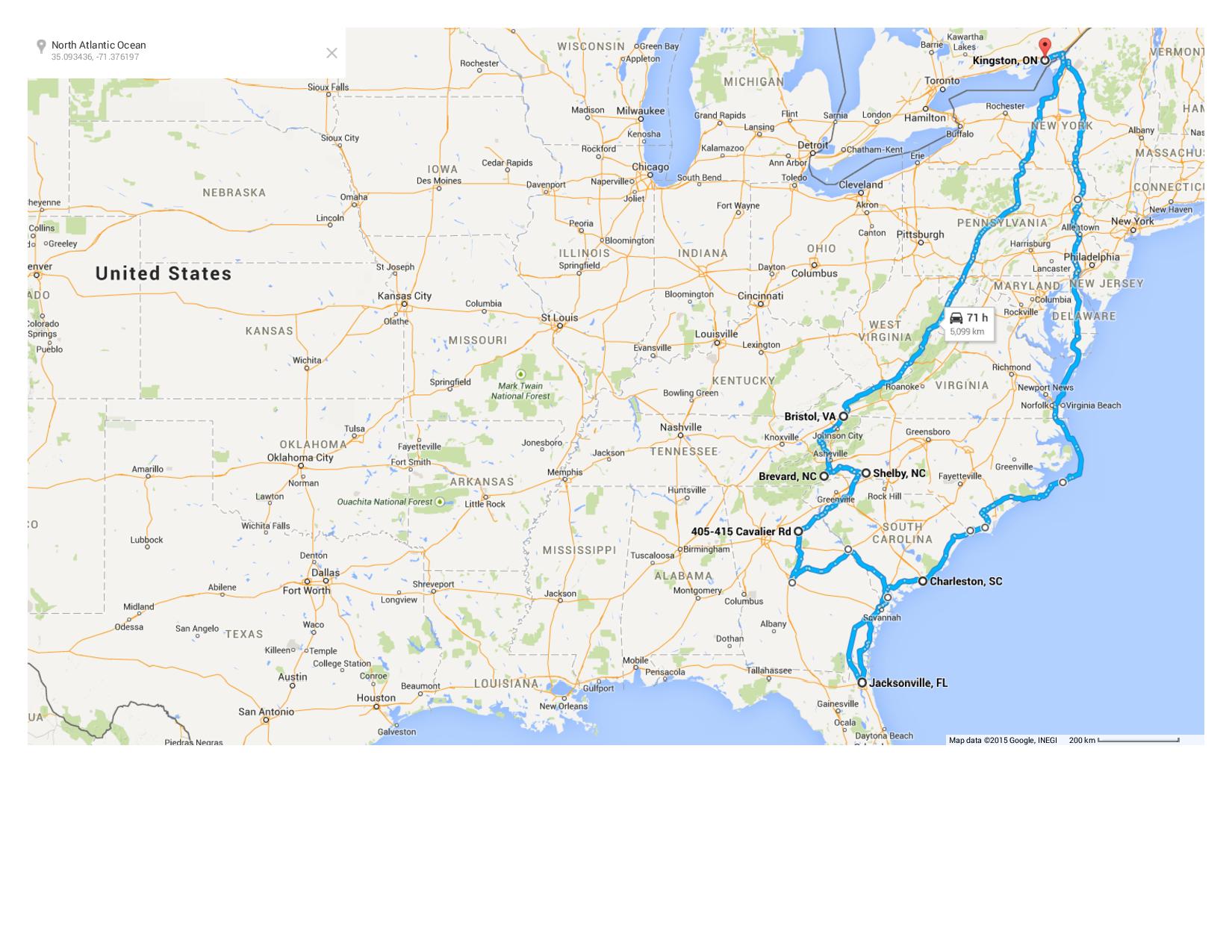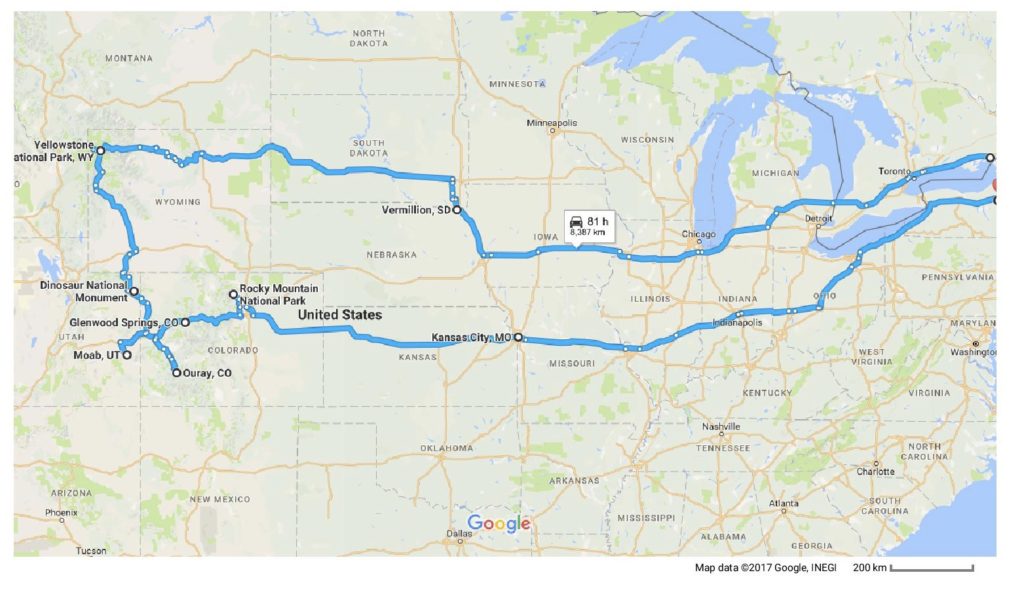The final stretch. We’ve finished up our fall road trip by being totally immersed in American roots music. The last leg of our six-week journey took us to Bristol, Virginia – the “birthplace of country music” and home to the brand new, Smithsonian affiliate, Birthplace of Country Music Museum. It’s a main stop on Virginia’s musical journey along The Crooked Road, a heritage music trail into the southwest part of the state.
In this part of the U.S., they like to joke that “country music was conceived in Galax, born in Bristol . . . and went to Nashville to die.”
In the early 20th century Bristol – a city that straddles the Tennessee/Virginia state line – was one of dozens of little cities connected to larger metropolitan areas by rail and telegraph lines. Surrounded by dozens of smaller communities and settlements in this part of the Appalachians, these mountains were home to thousands of dirt-poor sharecroppers, labourers and small merchants and their families whose lives revolved around churchgoing and childrearing.
In 1927 music producer Ralph Peer from New York’s Victor Talking Machine Company brought recording equipment to Bristol on the urging of Earnest “Pop” Stoneman who claimed that the hills around Bristol were literally alive with music. Using street posters, word of mouth and newspaper ads, Peer and Stoneman managed to attract dozens of hill people to Bristol where Peer recorded his archive of Americana. The resulting 1927 Bristol Sessions have entered the history books as the “Big Bang of Country Music”: the moment when technology, talent, luck and circumstance captured what would become the quintessentially American blend of gospel, folk and country music.
The museum, which opened in August 2014, is a magnificent monument to The Bristol Sessions and the times from which they emerged. We began with the short, high quality film that set the context of the sessions, introduce the key personalities and explain their motives and methods. A second film – aimed at the music geeks – explains the finger-picking styles captured in these seminal recordings. A third film traces the intertwining of The Bristol Sessions and the music that was rooted in the church. The final movie theatre experience looks at the enduring influence on contemporary country music, with concert footage splashed onto enormous, surround screens. We got a fill of Willie, Rita, Faith and a host of others.
The whole museum experience is immersive. You can’t walk these beautiful floors or enjoy this artfully curated exhibition without picking up a sense of the impact of these recordings on the world of music in following years.
A separate, special collection goes deep into the history and family connections of The Carter Family – Maybelle, A.P. and Sara – whose subsequent careers, together and separately, with children and spouses, elevated the Carters to the status of the “first family of country music.”
Give yourself several hours and read everything. It’s a world-class museum that manages to mix state-of-the-art displays with a down home feel. We loved every minute of our visit – and it was a fitting way to end our music-infused fall road trip.
Thanks Bristol! We’ll be back again.
